Empowering Vietnam's energy transition
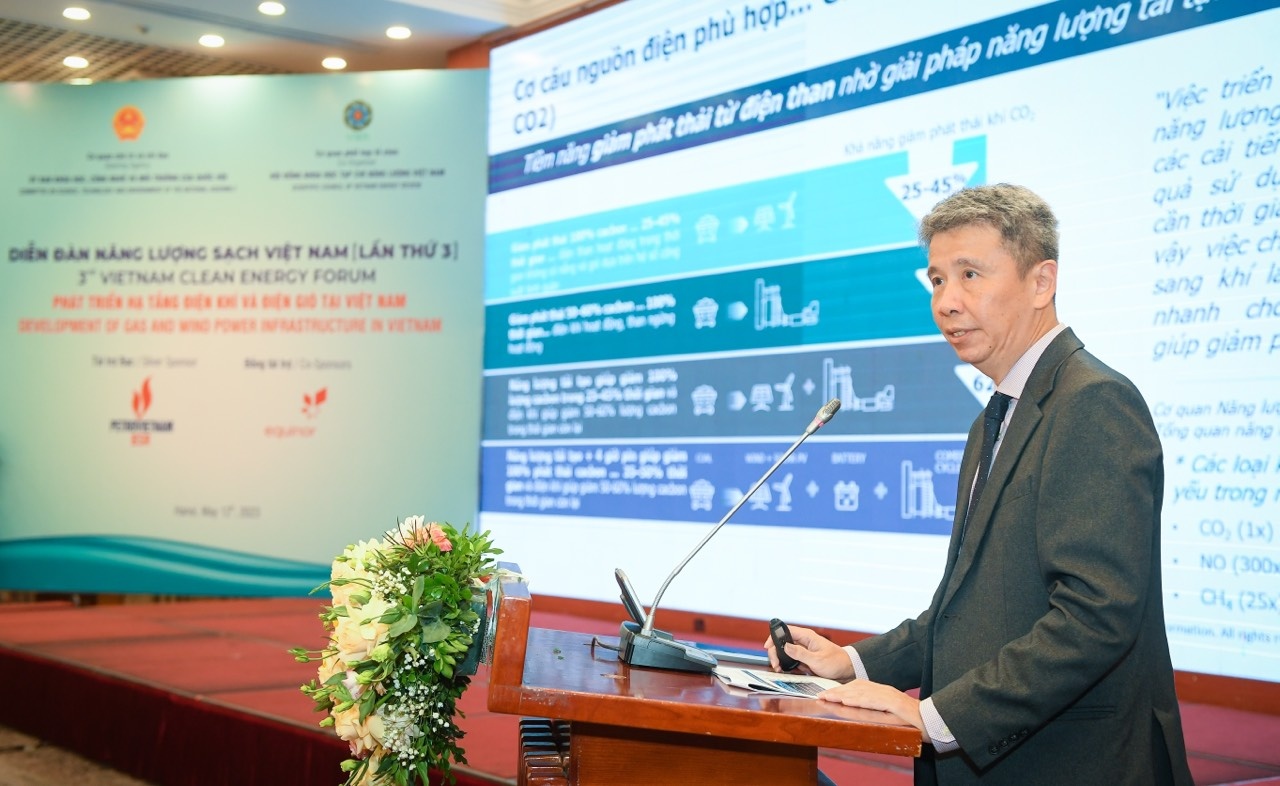 |
What is your impression of Vietnam’s young but energy-hungry market, and what are its most critical issues?
With over 30 years of operation in Vietnam, GE has made significant contributions to the country's development. Vietnam holds strategic importance as a market, and we are proud to witness its progress.
A key challenge lies in ensuring dispatchable energy, the ability to generate and deliver energy as needed. GE's energy consulting services play a vital role in addressing this challenge by optimising the dispatchability of energy resources. Working closely with grid operators, these services identify effective strategies for energy dispatch, including integrating renewable sources, optimising network planning, and ensuring a reliable electricity supply.
Furthermore, energy financial services can facilitate financing and investments that enhance grid dispatchability. By strategically supporting projects that contribute to a more reliable and flexible energy system, these services strengthen the overall resilience and efficiency of the grid.
Focusing on Vietnam's energy sector can have a significant impact. As the country continues its economic growth, there will be a substantial need for power generation to support this progress and enhance the quality of life. GE offers a diverse range of energy resources, including gas power, wind, solar hybrid solutions, and expertise in grid infrastructure. While nuclear technology may be a consideration in the long term, our comprehensive energy solutions are well-equipped to meet Vietnam's energy requirements and contribute to its sustainable development.
Considering the challenges of energy supply in different areas, what is your vision for a strong energy grid in Vietnam that ensures a balanced and reliable energy supply?
Over the past 10 to 15 years, the power generation landscape in Vietnam has undergone significant changes. Previously, the majority of power generation was concentrated in the north, while the demand was in the south. GE played a role in increasing the capacity of the 500k power line to address the challenges of transmitting power from north to south.
However, the situation has evolved. Power generation is no longer solely concentrated in the north, creating new complexities. Currently, the main challenge in the south revolves around stabilising renewable energy sources. While there are ambitious plans for renewables in the region, their unpredictable nature poses difficulties. The intermittent power supply resulting from the unpredictability of solar and wind energy creates challenges.
Vietnam has a diverse mix of energy resources, with significant hydroelectric potential in the north and a greater reliance on coal plants and some natural gas in the south. The rapid growth of renewables in the south exacerbates the intermittency challenge. Renewable energy developers often face curtailment of their wind or solar farms due to grid limitations in managing excess power generation.
Consequently, there are two key areas of focus. Firstly, there is a need for grid expansion and strengthening to accommodate the increasing capacity of renewable energy sources. Secondly, finding a solution to stabilise intermittent renewables is crucial. These priorities are currently being addressed by the state-owned Electricity of Vietnam (EVN).
How can technology be leveraged to support Vietnam in firming its grid?
Gas turbines, particularly the 9HA model, provide greater flexibility and faster response times for grid farming compared to coal plants. The 9HA turbine can ramp up at approximately 70 to 80 MW per minute, allowing it to quickly compensate for increases in renewable energy generation. In contrast, coal plants are slower to respond to changes in the grid.
Another technology, aeroderivative turbines, utilises aircraft engines for power generation. These turbines have even faster response times, starting up within five minutes and being ready to dispatch power. However, they are less efficient compared to heavy-duty gas turbines like the 9HA model. Thus, striking the right balance between efficiency and responsiveness is crucial in grid firming.
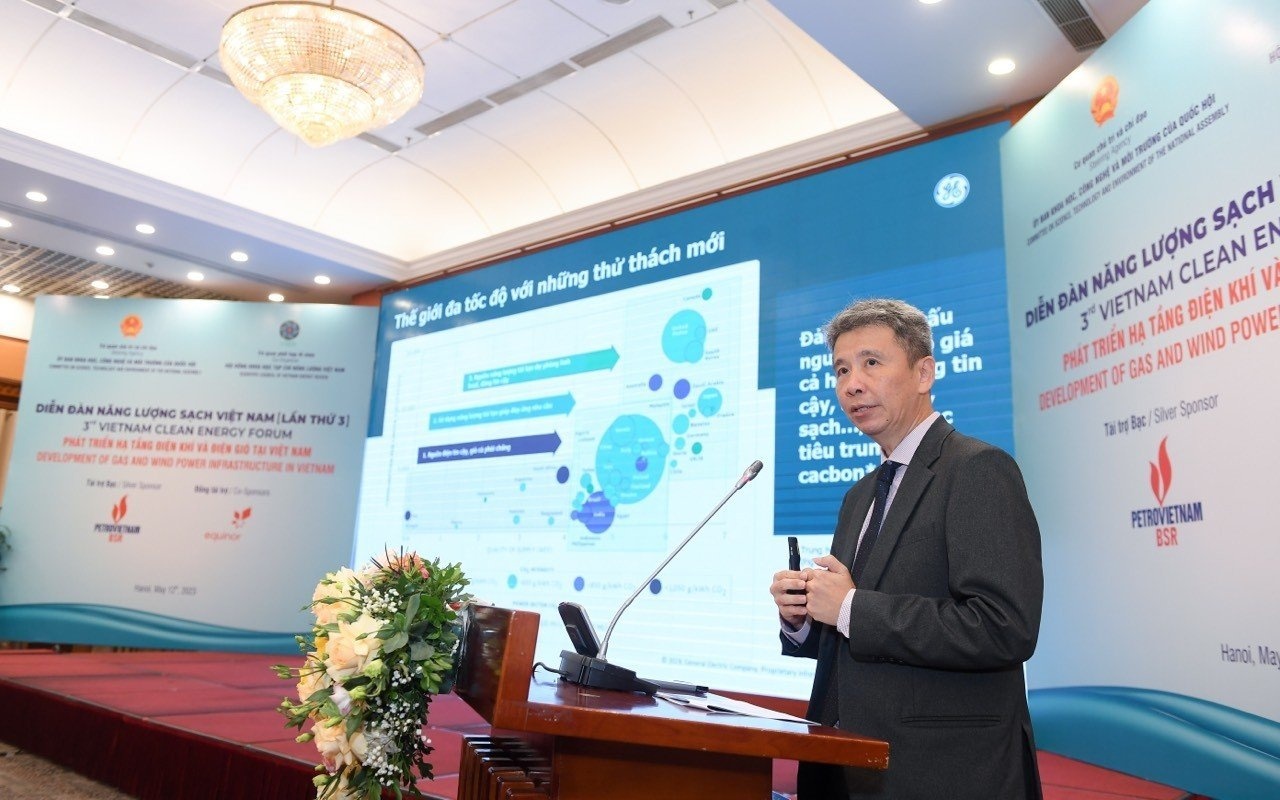 |
What initiatives has GE taken to support Vietnam’s energy needs, and what is your future in Vietnam?
GE has demonstrated its commitment to supporting various forums and initiatives, actively contributing to the energy sector. In Vietnam, we have established manufacturing facilities, particularly in the high-demand area of wind turbine generators.
Additionally, we have played a role in attracting foreign investors to Vietnam's energy market. Many potential investors are interested in entering the Vietnamese market, but face challenges in navigating the system and establishing connections with local stakeholders. We help bridge this gap by facilitating connections between investors and local developers, thereby advancing projects and initiatives.
We have also established fruitful collaborations with EVN and the US Trade and Development Agency (USTDA). These partnerships have been instrumental in advancing the energy sector in Vietnam.
EVN and GE have a strong partnership, and our cooperation extends to various areas, including grid expansion, renewable energy integration, and energy consulting services. Additionally, the USTDA has provided funding to support GE's feasibility studies on battery energy storage in Vietnam, further enhancing the country's energy infrastructure. These collaborative efforts demonstrate the commitment of GE, EVN, and USTDA to driving innovation, reliability, and sustainability in Vietnam's electricity sector.
When it comes to our own future, the intention for GE Vernova is for it to become an independent company. GE Vernova encompasses various energy businesses, including gas power, solar hybrid, wind, nuclear, hydro, energy consulting, and energy financial services. Starting from next year, there are plans to spin it off as a separate entity. In the gas power sector, we provide solutions. In the solar hybrid and wind sectors, we offer our expertise. Additionally, we have a hydro business.
What recent projects has GE undertaken in Vietnam to improve energy reliability and sustainability?
GE is actively involved in development projects, including the Nhon Trach 3 and 4 – the first LNG fuelled power project in Vietnam. We have been awarded the contract and are implementing these projects, which are expected to be operational within the next two to three years.
In Vietnam, GE has installed around 500 MW of wind power and has a presence in hydroelectric and solar projects, demonstrating our involvement in various energy developments.
The optimal energy mix varies based on each country or region's specific circumstances. Gas turbines are currently considered effective technologies to complement and stabilise renewable energy sources. They provide balance and support to the renewable energy mix, especially when a consistent power supply is needed due to limited solar energy availability.
What energy mix would be the best for Vietnam to achieve its decarbonisation targets, and how could these be executed?
Transitioning to lower carbon emissions is indeed achievable with the current technology, and it can result in a significant reduction of around 60 to 70 per cent compared to coal-based emissions. This can be accomplished through a combination of renewables, batteries, and gas.
To successfully achieve this transition in Vietnam, several factors are crucial. Well-defined and encouraging policies are needed. These policies should provide incentives for investment in renewable energy projects and create a favourable environment for sustainable energy development.
The government and Vietnam as a country must address the trilemma of affordability, reliability, and sustainability. Balancing these three elements is essential. Policies should ensure that the transition to low-carbon options remains affordable for consumers while prioritising sustainability and maintaining a reliable energy supply.
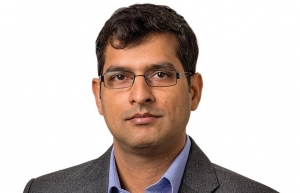 | GE: the shortest route towards sustainability The energy sector plays a key role in addressing climate change, but the accelerated deployment of renewable and gas power together is a viable path to combating climate change. Narendra Asnani, general manager of Contractual Services Asia at US-backed GE Gas Power talked with VIR’s Thanh Van about the future of energy and how GE can support Vietnam’s energy transition. |
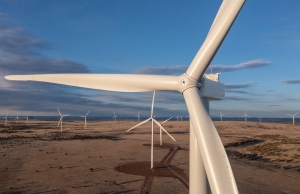 | GE unveiling brand names and defining future The backdrop of supply chain constraints continues to challenge businesses and essential services. On July 19, GE announced the brand names of the future companies it will create through its planned separation into three companies focused on the growth sectors of healthcare, energy, and aviation to shape the future of a world that works. |
 | GE brand trio to shape the future of key industries GE on July 19 announced the brand names of the three future companies it will create through its planned separation into healthcare, energy, and aviation. |
 | GE Healthcare's vision for AI-backed radiology AI is transforming the healthcare industry in a variety of ways. The Vietnamese Congress of Radiology and Nuclear Medicine 2022 which took place from August 19 to 20 has shed light on how AI heralds a new era of medical imaging. |
 | $15.5 billion in financing for green energy from Just Energy Transition Partnership 2023 could be an interesting year for Vietnam’s energy sector, as $15.5 billion of financing is set to be mobilised for Vietnam’s green energy transition through a recent energy partnership. |
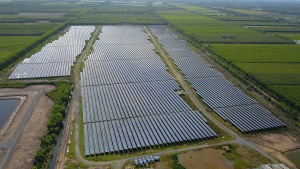 | BCG Energy, Hanwha Energy agree new bond payment deadline Vietnam's BCG Energy and its Singaporean partner Hanwha Energy have concluded a new timeline for the former to pay the latter part of an overdue bond. |
What the stars mean:
★ Poor ★ ★ Promising ★★★ Good ★★★★ Very good ★★★★★ Exceptional
Related Contents
Latest News
More News
- Vietnam installs latest AI-based MRI system (April 21, 2023 | 17:06)
- GE's aeroderivative gas turbines come online in Taiwan (March 29, 2023 | 18:07)
- Addressing Vietnam's energy challenges with aeroderivative gas turbines (February 28, 2023 | 09:33)
- How to sprint ahead in 2023’s worldwide energy priorities (February 08, 2023 | 13:55)
- Boosting Vietnam's grid stability through gas turbine technology (November 22, 2022 | 20:02)
- Healthcare trio collaborates to provide thousands of free breast scans (October 27, 2022 | 17:19)
- GE Healthcare's vision for AI-backed radiology (September 29, 2022 | 11:53)
- GE brand trio to shape the future of key industries (July 19, 2022 | 15:35)
- GE unveiling brand names and defining future (July 19, 2022 | 15:16)
- GE: the shortest route towards sustainability (July 18, 2022 | 08:00)

 Tag:
Tag:


















 Mobile Version
Mobile Version